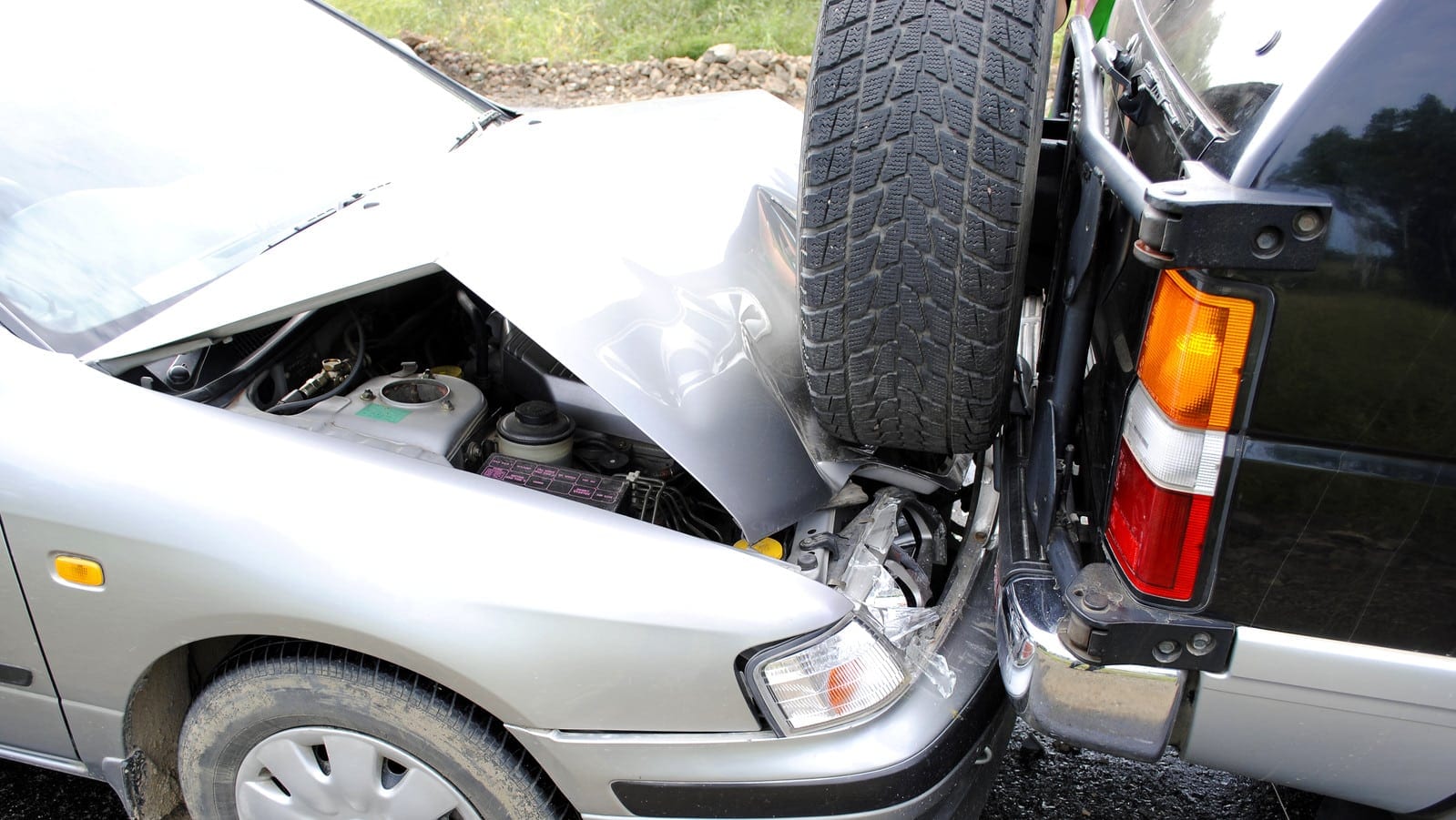Some of the most sudden damaging car accidents that there are involve rear-end collisions and these wrecks become even more stressful when you are the driver that instigated the accident. However, what you might not realize is that rear-ending someone does not automatically put you at fault. As with most legal situations, rear-end accidents come with a number of extenuating circumstances that you should be sure to examine.
Before you admit to fault or agree to a settlement, you need to understand the numerous complications involved in a rear-end case. Learn more about fault in a rear-end car accident case and find out if you’re automatically at fault when you rear-end another driver.
Types of Negligence
Depending on the state in which you live, there are two types of negligence that may come into play in your case: Contributory and comparative. The type of negligence that applies to your case will be a determining factor in the damages that you may be forced to pay out.
In contributory negligence cases, if the colliding driver is able to prove that the struck driver contributed to the accident in some degree, then the driver who was struck will not be able to file for damages. With comparative negligence, some degree of fault will be split between the drivers, which can result in lower liability for the driver that initiated the accident.
Fault in Rear End Cases
Fault in a rear-end case is almost always assigned to the colliding driver. However, there are a few circumstances that can shift the blame back to the driver who was struck, at least to some degree.
For instance, if the driver that you hit failed to signal correctly or did not provide you adequate time to stop your vehicle, then they share at least some of the responsibility for your accident. Additionally, if the driver who was hit was not obeying traffic laws, such as ignoring a yield sign or driving well under the speed limit, then fault may lie with them and not you.
How to Defend Yourself in a Rear-End Car Accident Case
Now that you know a little bit more about how negligence and fault come into play in a rear-end accident, it’s important that you learn the different ways to defend yourself. If you believe that the other driver was partially or totally responsible for your car accident, then your first step in proving your case should be to gather as much evidence as possible.
First, consult any police reports stemming from your accident. Second, you should document any details of the accident scene that may be pertinent to your case. Finally, if you’re unsure what type of evidence you need, you should be sure to consult an experienced car accident lawyer.
Contact a Personal Injury Attorney
After a rear-end car accident where you were the colliding driver, it’s important that you get experienced legal representation to help you in your case. Defend yourself after a car accident by working with one of the knowledgeable car accident attorneys at Heuser & Heuser, LLP.
One of our attorneys can help you build a defense that will help you prove the fault of the other driver so you can win your case. Speak with one of our representatives today.


